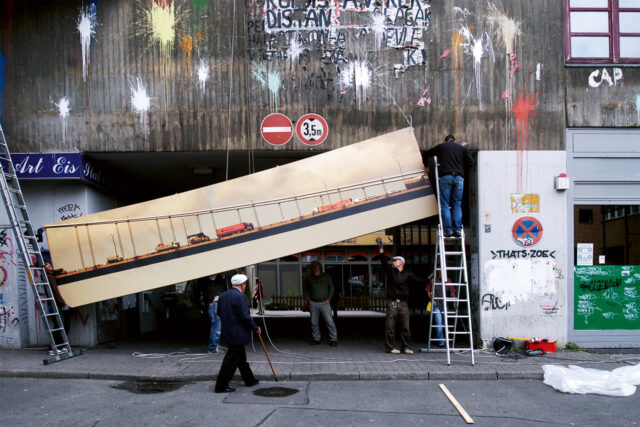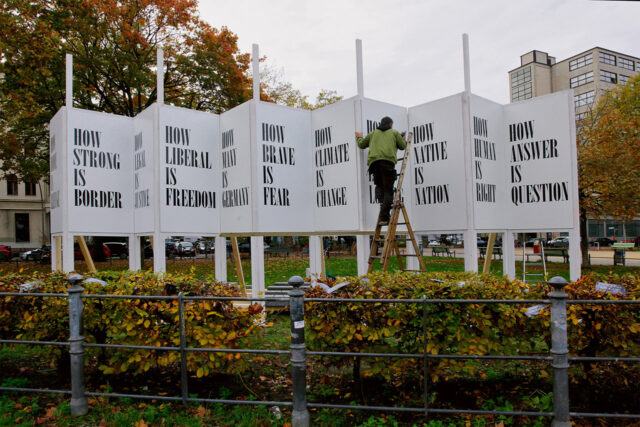
Ute Langkafel, BerlinTRANZITIstanbul, 2009, Foto: Ute Langkafel

Ute Langkafel, Oranienplatz WAS BLEIBT, 2019, Foto: Ute Langkafel

Ute Langkafel, BerlinTRANZITIstanbul, 2009, Foto: Ute Langkafel

Ute Langkafel, Oranienplatz WAS BLEIBT, 2019, Foto: Ute Langkafel